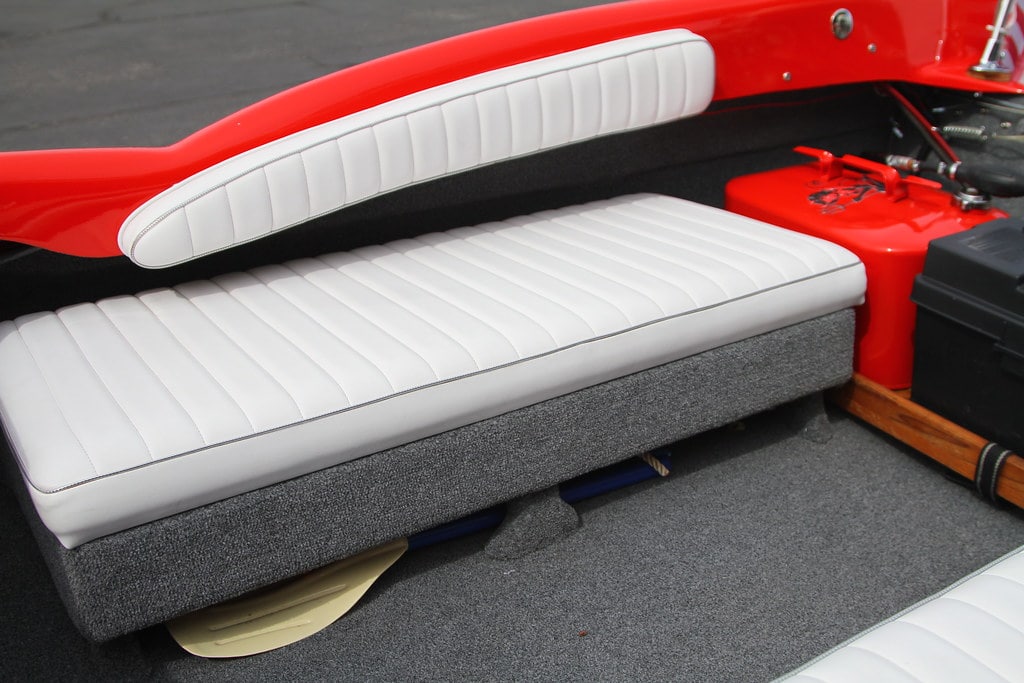Boat seats are an essential part of your boating experience, providing comfort and relaxation while you’re out on the water. However, they are also exposed to a range of harsh elements that can lead to wear and tear over time. To ensure your boat seats remain in excellent condition and continue to offer the comfort you expect, it’s crucial to implement effective protection strategies. In this comprehensive guide, we’ll explore various methods and techniques for protecting your boat seats.
Regular Cleaning and Maintenance
One of the most fundamental aspects of protecting boat seats is maintaining cleanliness. Here’s how:
- Remove Debris Promptly: After each boating trip, remove any debris, sand, or dirt from the seats. This prevents abrasive particles from causing premature wear.
- Stain Prevention: Be vigilant about spills and stains. Clean any spills immediately using a mild detergent or boat seat cleaner to prevent permanent stains.
- Mold and Mildew: Mold and mildew can be a significant issue, especially in humid climates. Regularly inspect your seats for signs of mold or mildew and address them promptly using appropriate cleaning products.
UV Protection
Sunlight is one of the biggest culprits when it comes to damaging boat seats. UV radiation can cause fading, cracking, and deterioration of seat materials. Here’s how to protect against it:
Use UV-Resistant Materials: When selecting boat seats, opt for materials that are UV-resistant or treated to withstand UV exposure.
Seat Covers: As mentioned earlier, seat covers are a highly effective way to shield your boat seats from harmful UV rays when not in use.
Seat Covers
Seat covers are a powerful tool for seat protection. They offer several benefits:
- Weather Protection: Seat covers act as a barrier against rain, snow, and other elements, preventing moisture from seeping into the seats.
- UV Protection: UV-resistant covers shield seats from harmful sun rays, minimizing fading and deterioration.
- Easy Maintenance: Covers are easier to clean and maintain than seats themselves, saving you time and effort.
- Custom-Fit Covers: Custom-made seat covers provide the best protection because they precisely fit the contours of your boat seats.
Regular Inspections
Frequent inspections of your boat seats are essential to catch any issues early:
- Check for Wear and Tear: Look for signs of wear, tear, or loose stitching. Address these issues promptly to prevent further damage.
- Inspect Hardware: If your seats have hardware such as snaps or hinges, ensure they are in good condition and well-lubricated.
Proper Storage
When your boat is not in use, storing it properly can make a significant difference in seat protection:
- Cover Your Boat: Whether you use full boat covers or individual seat covers, ensure that your boat is adequately covered when it’s not in use. This protects your seats from UV exposure, rain, and other environmental factors.
- Indoor Storage: If possible, store your boat indoors during the off-season. This provides the best protection against the elements.
Avoid Sharp Objects
Be mindful of sharp objects and avoid dragging or placing heavy, sharp items on your boat seats. These can cause tears or punctures that are challenging to repair.
Regular Maintenance and Repairs
Don’t neglect regular maintenance and seat repairs as needed. Address any issues promptly to prevent them from worsening. If necessary, seek professional help for more extensive repairs or reupholstering.
Conclusion
Your boat seats are an investment, and by implementing the right protection strategies, you can ensure they stay in excellent condition for years to come. Regular cleaning, UV protection, seat covers, proper storage, and vigilant inspections are key components of effective seat protection. By following these guidelines and investing in quality materials, you’ll enjoy comfortable and well-preserved boat seats throughout your boating adventures.

